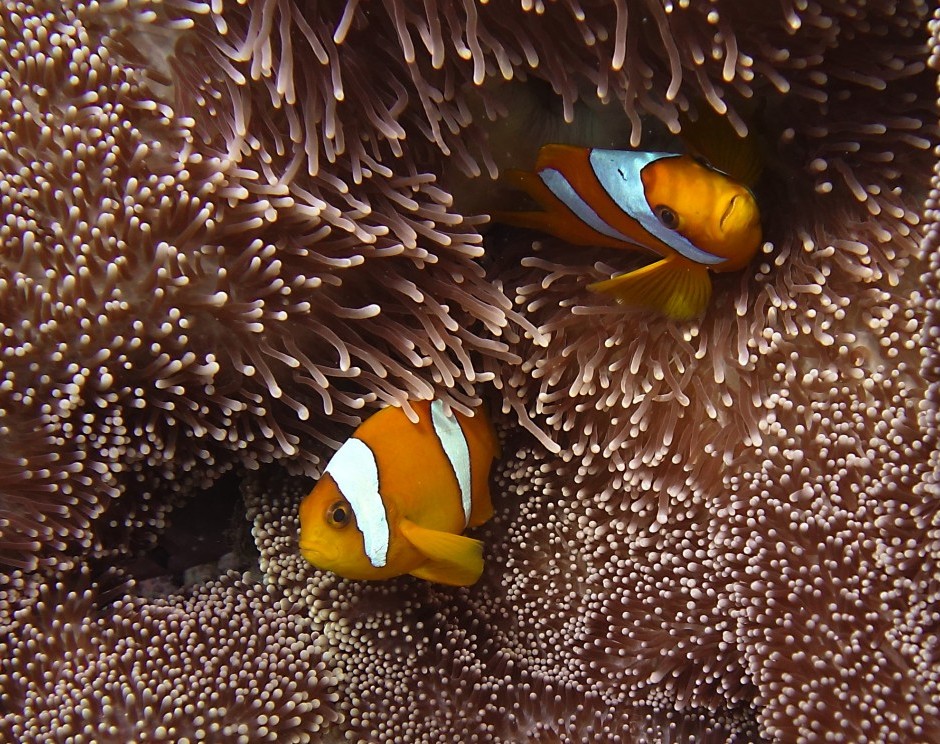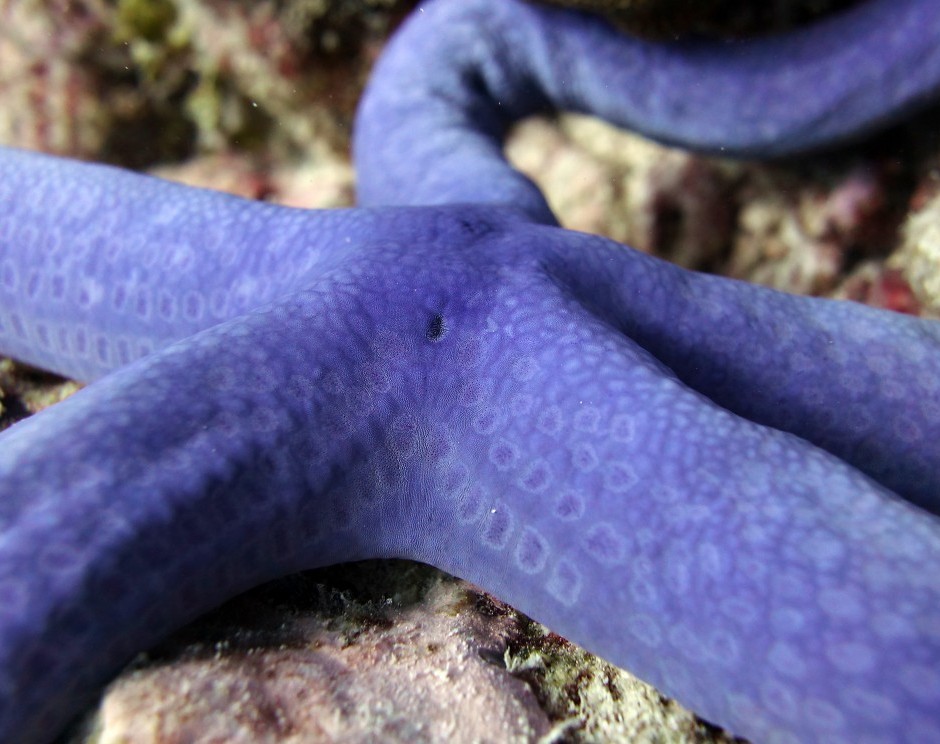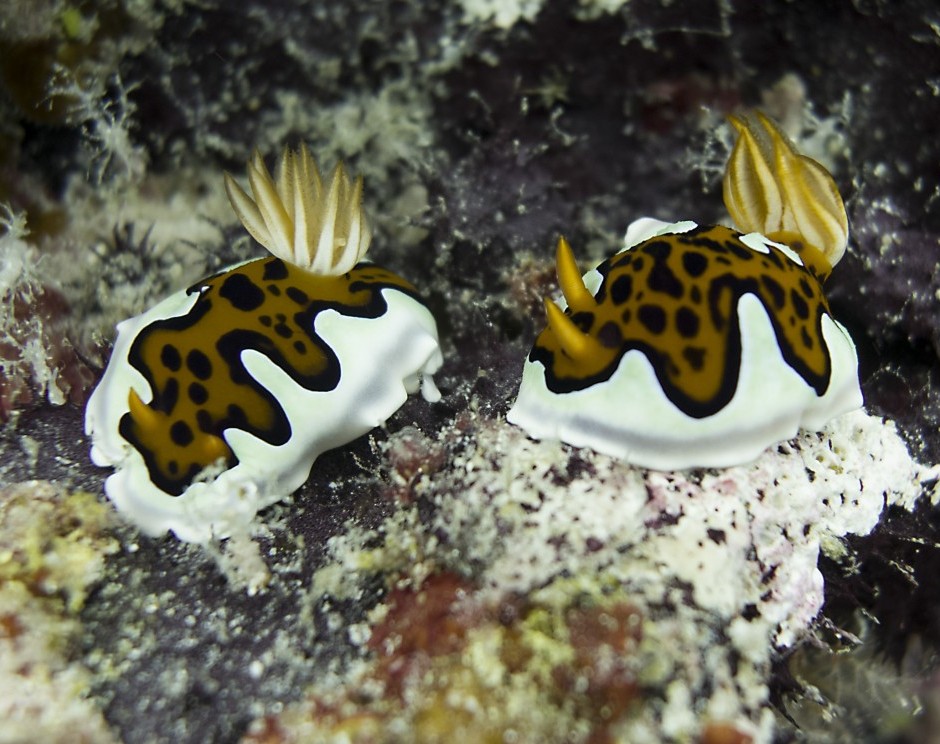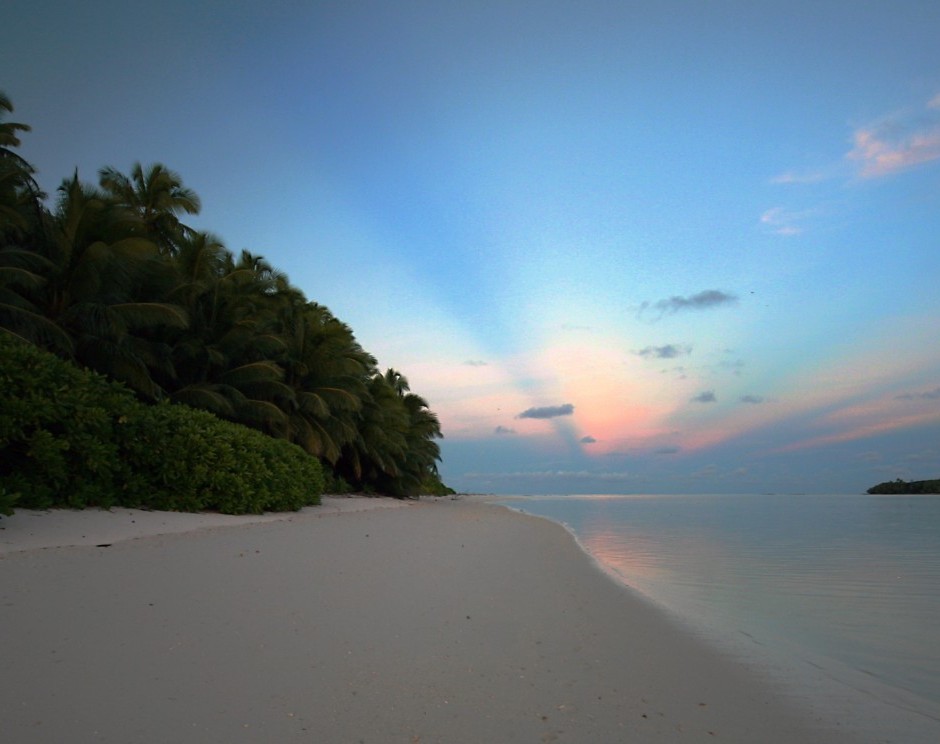In a world threatened by over-fishing, pollution and irresponsible development, the protection of the Chagos Archipelago is more important than ever.






The archipelago is located in the Indian Ocean, and forms the British Indian Ocean Territory. It is home to an astonishing diversity of life, and acts as a refuge for many threatened species. By conserving and restoring this precious environment, we can contribute to important marine conservation and learn much about the natural ecosystems of our world.
The Territory is one of 14 British Overseas Territories and administered from London by the British Indian Ocean Territory Administration. Access is restricted and a permit is required in advance of travel from the Administration.
The BIOT Commissioner declared a 640,000 km² ‘no-take’ marine protected area on 1 April 2010. This means all commercial fishing and extractive activities are prohibited, which is the maximum level of protection. The declaration doubled the previous global no-take area, as well as provided protection to approximately 1.5% of the total global area of near-surface coral reefs. Today it remains one of the largest marine protected areas in the world.
The Chagos Archipelago is made up of over 55 islands
Why is the Chagos Archipelago so important? Because many different forms of life call it home, from the coral reefs to the various species that live on more than 55 islands. It consists of five atolls, including The Great Chagos Bank - the largest atoll in the world. Its unique habitats include 66,000 km2 of shallow reefs, vast deep-sea plains and limestone platforms, as well as 86 sea mounts and 243 deep sea-knolls.
More than 300 species of coral can be found in the archipelago, as well as 800 different types of fish
The tropical ecosystem enables a kaleidoscope of wildlife to thrive. As many as 800 species of fish can be found in the archipelago, including rays, skates and more than 50 different types of shark.
Around 175,000 pairs of seabirds visit the islands to breed, and the archipelago shelters populations of, turtles, coconut crabs and and many species of fish, including tuna. It is a breeding ground for many vulnerable types of wildlife, and a haven that is worth protecting.

